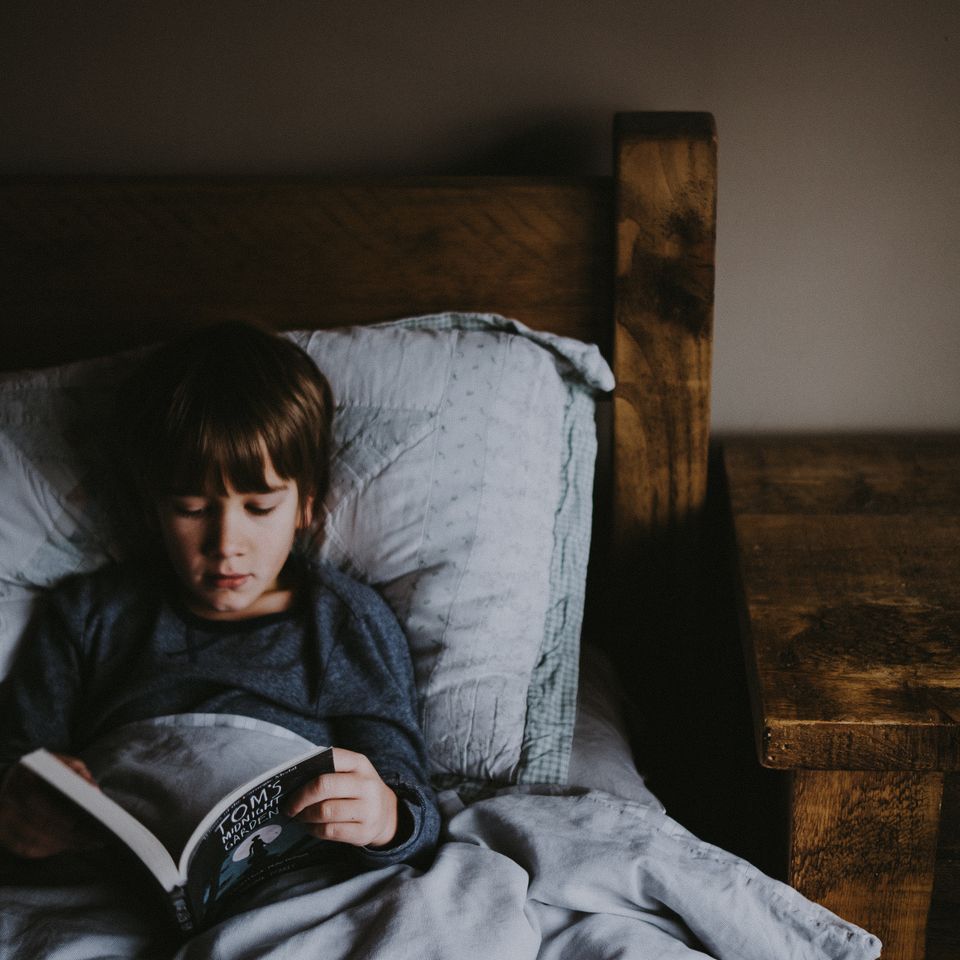Monsters, Strangers, Ghosts, oh my!
Is your child up at night afraid of monsters, strangers, etc.? Around preschool age, a child's imagination begins to develop and expand. At first, it's sometimes difficult for kids to understand reality versus make-believe. Sometimes these two worlds clash and they can't decipher real from fake. Bad dreams can feel real and scary.
Play this game to help with worries!The Monster GameStart by making a monster cut-out craft together. Spend time decorating it.
Challenge #1: Have your child hide the Monster and play hide and seek in the same room.
Challenge #2: Hide the monster in another room and go find it together.
Challenge #3: You hide the monster. Have the child go by themselves to find the monster
Challenge #4: Grab a flashlight and play hide and seek in the dark together or on their own. This will help with the fear of the dark Continue making monster art and playing this game to help build in positive exposure to monsters.
Why does the monster game work?
It changes brain connections around monsters to a more positive outlook. The most common response I hear is caregivers will say, "oh, don't worry about monsters. They aren't real." This response makes logical sense, but fears aren't always logical. Our job is to really hear what they're saying and remind them you are keeping them safe (I promise it won't make the worry worse!). "You are really scared of monsters, I am here to help you." Really lean into the worry. Our greatest fear as caregivers is if I acknowledge the fear, won't it make it worse? It's actually the opposite. When we acknowledge and validate the worry, kids feel secure and safe and the power of the worry diminishes. It's great to remind them of their safety net, you are here to help them.Bedtime Requests: Tickets
More water...One more hug...I'm still hungry…
Does your child make 1 million bedtime requests? I need water, one more hug, a bedtime snack, go potty again. As kids develop, they gain more and more independence. Fostering that independence is important and helps them grow into those powerful, thought-provoking adult humans one day. But sometimes independence brings power struggles for parents at night. It's exhausting. Spending a whole night without a caregiver is a long time. It makes sense why it's hard to fall asleep or say goodnight. Here is a little trick that might just help your child feel more safe and secure at bedtime.
1. Firstly, lean into your child’s independence and always offer a bedtime snack. Make it the same, simple, boring snack each night like a banana or crackers. If your child is really hungry, they will eat it. If not, that's up to them. Have water and all the things they might need by their bed. Set them up for success.
2. Prep your child the day before and share a game called “3 Tickets.” Have a Craft prepared with 3 envelopes. Kids decorate them and then tape them to the door at night. At night, kids can make a maximum of 3 requests, remove a ticket with each request. Once all envelopes are gone, you do not go back in for the night. Kids can make requests for back rubs, another kiss, begging tucked in again, etc. This helps kids understand tangible limits and boundaries.
3. Keep that consistent bedtime routine (at least 75% of the time). It's okay to not have a routine every night but keeping consistent schedules will help a child feel safe and relaxed at bedtime. If your child seems restless, talk to your doctor about safe sleep aids as needed.
Bedtime Anxiety Steps
Bedtime fears are common in kids. If they are impacting their ability to fall or stay asleep at night, that requires some interventions. I will include some tools to try and help decrease their anxieties at home and increase their confidence. If your child continues to struggle, please reach out to a professional counselor for assessment and services.
Worry Box/Jar1.Start by decorating a jar or shoe box together called a "Worry Box".
2.Each night before bed, have your child draw or write down each worry (no matter how small) on a slip of paper. Include how big the worry is on a scale of 1-10. This helps kids tangibly place their worries Somewhere other than their heads.
3. The next day, review each worry and ask if it is still a worry for them. If not, rip it up and throw it away. If so, has the worry decreased intensity? Adjust the scale 1-10 accordingly. Add any new worries they may be having.Rearrange Their RoomWhen kids develop fears in their bedrooms, they create negative associations when they think of their room. Anxiety spikes and their body sensations take over. Let's change the script of their bedroom and create more positive brain connections.
Rearrange and change out decor in their room with their guidance. Remember not to take over or judge their choices. Allow them to take ownership. Inquire: what would help them feel safe? You can include weighted blankets, night lights a special stone under their pillow.
Spend more time in their room and create positive memories. Play together in their new space. play a board game, paint something to hang on their walls, paint a mural on their walls.Create Steps Towards IndependenceCreate some steps towards independence in order of easiest to hardest. You can use a scale 1-10 to identify how big each step feels to child. Work on each step for a week and then when successful transition to the next step.
Some example independence steps:
1.Fall asleep with parent rubbing child's back.
2.Fall asleep with parent at the door fall asleep with parent outside their door.
3. Fall asleep with parent on the couch.
4. Fall asleep independently with 3 check-ins from parents.
5. Fall asleep independently with walkie talkie near bed to contact parent as needed.
6. Fall asleep with no check ins.

